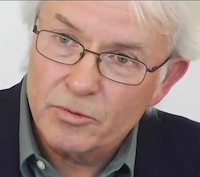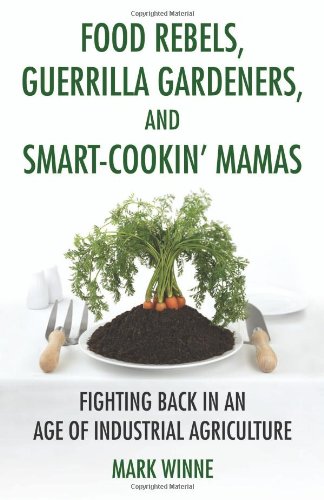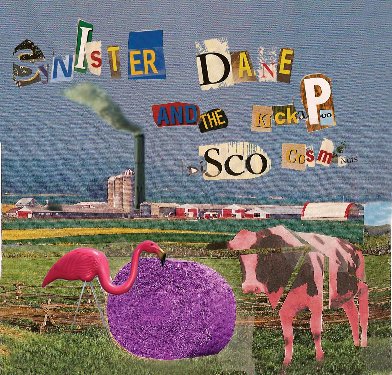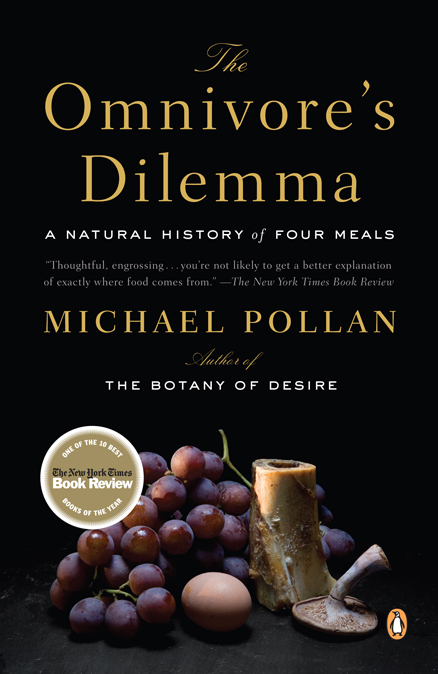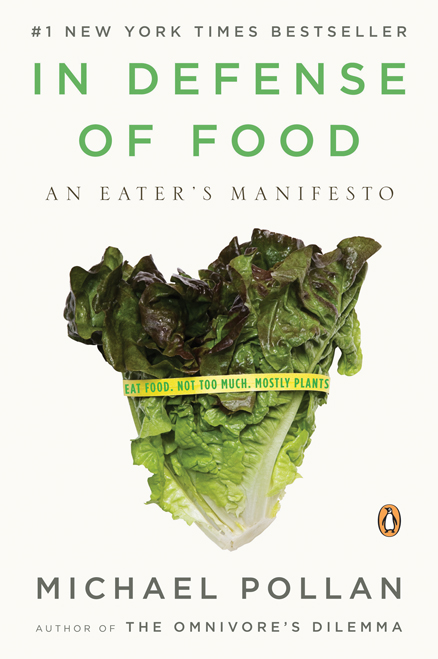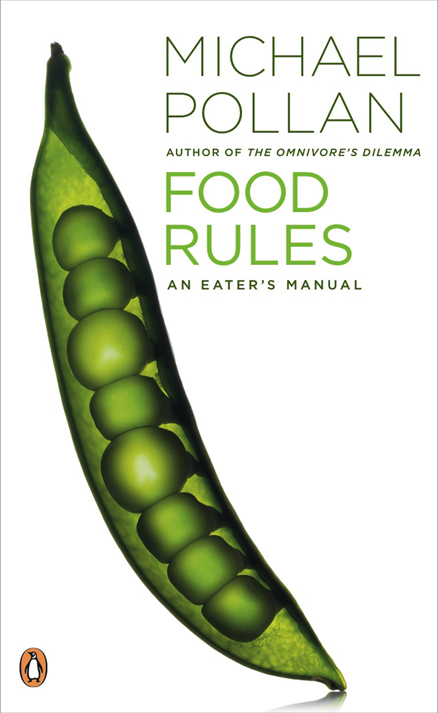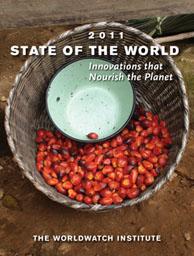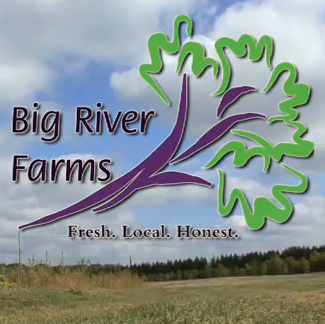Changing Our Food and Changing Ourselves
In spite of the rapid growth of an alternative food system – local and sustainable food production, farmers’ markets, the public’s rising food consciousness – we become more dependent everyday on industrial agriculture whose representatives insist that it is the only way to feed a hungry world. In the face of such assertions, we must ask if our dependence on such a system threatens to supplant individual self-reliance.

